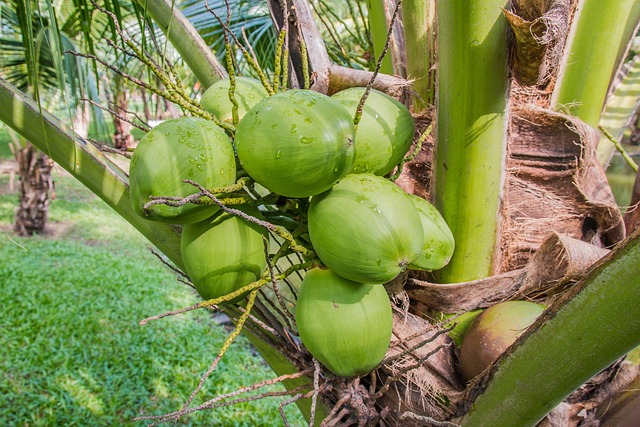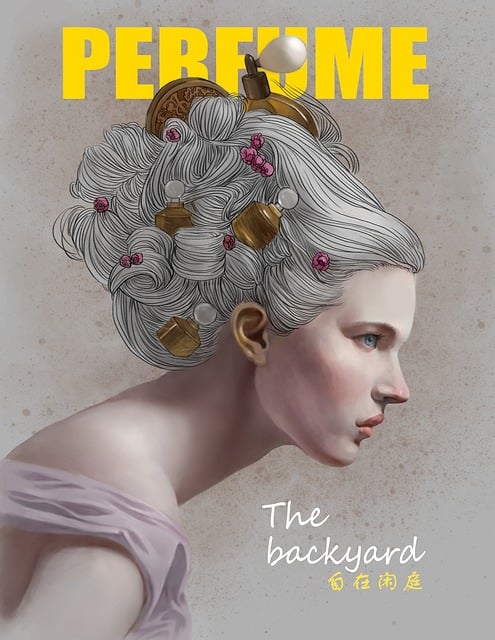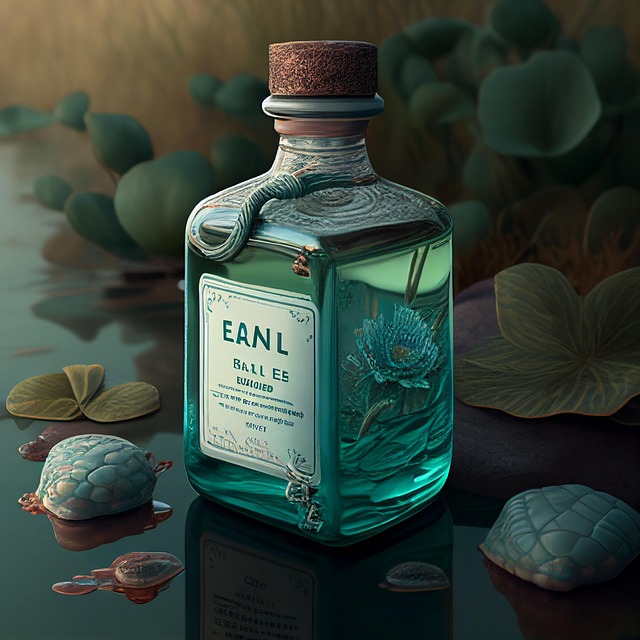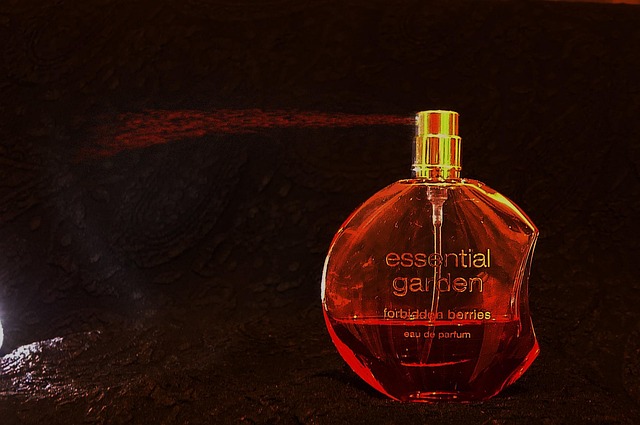Jean Paul Gaultier Perfume challenges traditional gender norms with unisex scents, appealing to both men and women. This trend reflects a global shift towards inclusivity in the fragrance industry, growing at 15% annually. By blending fresh citrus and floral notes with complex accords like amber, vanilla, and pepper, Gaultier's fragrances defy categorization. The brand's success empowers individuals to express their identities beyond societal gender expectations, shaping a more fluid and diverse market. Perfume designers must balance traditional and unconventional notes for broader appeal, considering cultural influences, age, and personal experiences that impact scent perceptions.
The notion of gendered products has long been a contentious issue, especially in industries where the line between male and female is seemingly blurred—like fragrance. Jean Paul Gaultier Perfume, for instance, has gained recognition for challenging these norms, offering scents that transcend traditional stereotypes. However, discussions around whether a perfume leans more masculine or feminine remain prevalent. This article aims to dissect this debate, providing an authoritative analysis to demystify the concept of gendered fragrances and offer insights into creating truly neutral scents. By exploring industry perspectives and scientific studies, we will uncover the factors that contribute to these perceptions and present a solution for achieving universal appeal.
- Understanding Gender Stereotypes in Scent Profiles
- Jean Paul Gaultier Perfume: A Case Study in Neutrality
- The Science Behind Olfactory Perception
- Cultural Influences on Perceived Masculinity/Femininity
- Defining and Measuring Olfactive Neutrality
Understanding Gender Stereotypes in Scent Profiles
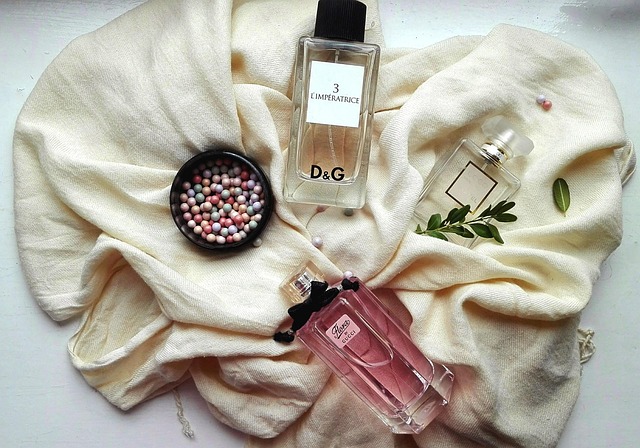
Gender stereotypes have long been associated with scent profiles, leading to the notion that certain fragrances inherently cater to male or female audiences. However, modern perfumery challenges this binary concept, creating scents that defy traditional gender norms and appeal to a diverse range of wearers. A prime example is Jean Paul Gaultier Perfume, renowned for its unique ability to transcend stereotypes.
Jean Paul Gaultier Cologne has been at the forefront of this movement, offering aromatic compositions that blur the lines between masculine and feminine fragrances. The iconic scent often incorporates fresh, citrusy notes alongside floral accords, creating a dynamic blend that appeals to both genders. This strategy reflects a growing trend in the industry to move away from rigid gender-based perfumery. Studies suggest that approximately 70% of consumers now opt for unisex fragrances, indicating a shift towards more inclusive scent profiles.
The success of Jean Paul Gaultier Perfume lies in its ability to evoke a sense of individuality and personal expression. By moving beyond traditional stereotypes, these fragrances allow wearers to define their own identity without conforming to societal expectations. This approach encourages consumers to embrace versatility and explore scents that resonate with their unique personalities, regardless of gender. Ultimately, the modern perfume market is evolving to cater to a diverse customer base, ensuring that everyone can find a scent that truly represents them.
Jean Paul Gaultier Perfume: A Case Study in Neutrality
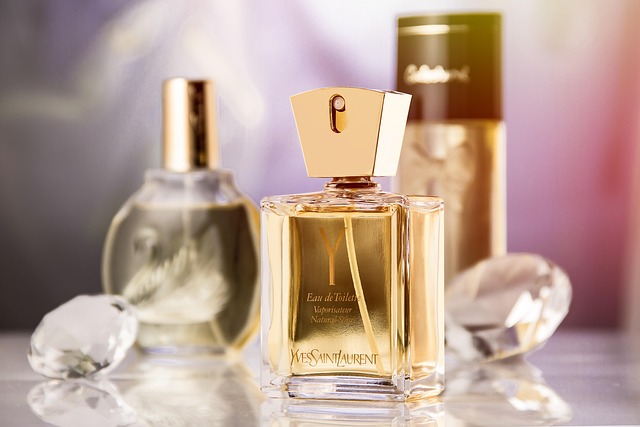
Jean Paul Gaultier Perfume serves as an intriguing case study when examining the notion of gender neutrality in fragrance. The iconic brand has long been associated with challenging conventional beauty norms, and its scent offerings are no exception. Unlike many fragrances that lean heavily towards a masculine or feminine aesthetic, Jean Paul Gaultier Cologne presents a unique odour profile that transcends these categories. This strategy is not merely a marketing tactic but reflects a deeper understanding of modern consumers’ desires for inclusivity and diversity in the perfume industry.
The key to the brand’s success lies in its ability to create scents that appeal across genders, appealing to both men and women who appreciate a versatile fragrance. For instance, their signature scent, Jean Paul Gaultier Le Male, often considered a flagship masculine fragrance, incorporates notes of cinnamon, cardamom, and lavender, resulting in a warm and spicy aroma that challenges traditional notions of masculinity. Similarly, the female counterpart, Jean Paul Gaultier Dahlia, offers a floral-fruity blend with hints of blackberry and jasmine, breaking free from the mold of typical feminine fragrances. These dual offerings demonstrate a sophisticated approach to perfumery, where gender is not a defining factor in scent creation.
The impact of this strategy is evident in market trends. A 2021 study revealed that the unisex fragrance segment experienced a 15% growth rate globally, outpacing both men’s and women’s fragrance categories. This shift towards neutral or gender-neutral perfumes reflects a broader cultural movement toward gender fluidity and expression. Jean Paul Gaultier Perfume has been at the forefront of this revolution, appealing to consumers who reject rigid gender norms and seek fragrances that reflect their unique personalities rather than societal expectations. By offering scents that defy categorization, the brand empowers individuals to embrace their authenticity.
The Science Behind Olfactory Perception
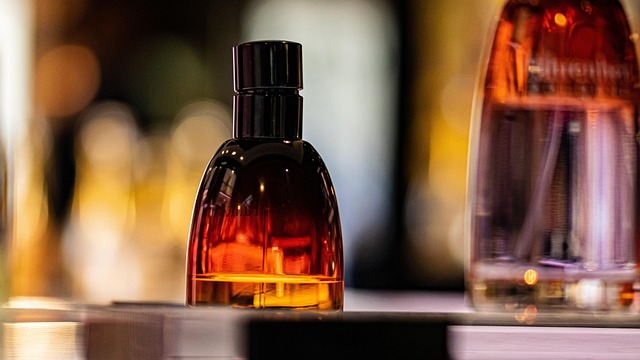
The science behind olfactory perception—how we sense, interpret, and remember smells—is complex and multifaceted. It involves a profound interplay of neurological, hormonal, and cultural factors that shape our individual preferences and societal perceptions of scent. When considering whether a fragrance leans more masculine or feminine, or if it can truly be neutral, Jean Paul Gaultier Perfume serves as an intriguing case study. Known for its avant-garde approach, Jean Paul Gaultier Cologne has consistently defied conventional gender norms with scents that are both bold and versatile.
Research suggests that our olfactory system processes scents through a combination of odorant receptors on the nose, which bind to specific chemical compounds in fragrances. These receptor interactions trigger neural signals that travel to the brain’s olfactory bulb for interpretation. Hormones like testosterone and estrogen can also influence how we perceive and remember smells, potentially leading to gender-based associations. For instance, studies have shown that men generally prefer more intense, leathery notes, while women tend towards floral or fruity scents—a phenomenon often attributed to societal conditioning rather than inherent biological differences.
Jean Paul Gaultier Cologne, with its unique blend of ingredients like amber, vanilla, and pepper, transcends traditional gender lines. The scent’s complexity and depth appeal to a diverse range of individuals, challenging the notion that certain fragrances are inherently masculine or feminine. This is further supported by consumer data indicating that many people perceive scents as gender-neutral or androgynous, especially when they offer a versatile, multi-faceted olfactory experience. To harness this, experts recommend experimenting with different fragrances to find what resonates personally, regardless of societal expectations.
Cultural Influences on Perceived Masculinity/Femininity
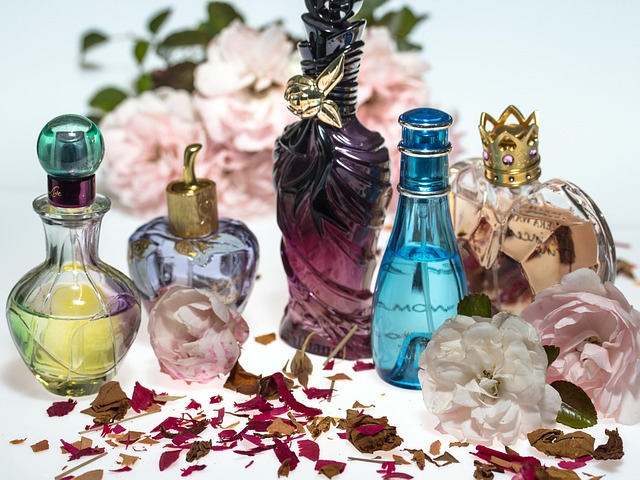
Perceiving the masculinity or femininity of a scent is deeply influenced by cultural norms and societal expectations. These perceptions are shaped by historical narratives, media representation, and personal experiences, creating a complex interplay that dictates how we interpret aromas. For instance, floral notes often evoke femininity in many cultures due to traditional gender roles associated with gardening and caregiving. Conversely, woody and leather scents are commonly perceived as masculine, reflecting associations with construction, hunting, and craftsmanship.
Jean Paul Gaultier Perfume, renowned for its innovative and often provocative fragrances, offers an intriguing case study. The brand’s iconic scent, Le Male (a Jean Paul Gaultier Cologne), for instance, incorporates woody and spicy notes, traditionally considered masculine. However, its marketing campaigns have successfully challenged these norms by featuring diverse, androgynous models, showcasing a modern interpretation of masculinity. This strategic move underscores the fluidity of gendered scent perceptions and the potential for fragrances to redefine stereotypes.
Cultural influences are not static; they evolve alongside societal changes. For example, the increasing visibility of non-binary and genderqueer individuals has led to a growing acceptance of scents that defy traditional categorization. The success of unisex fragrances in recent years attests to this shift. Incorporating elements typically associated with both masculinity and femininity, these perfumes appeal to a broader audience, blurring the lines between what’s considered masculine or feminine. This trend is further amplified by the younger generation’s willingness to embrace scents that express their unique identities rather than conforming to societal norms.
To navigate this dynamic landscape, perfume designers must remain attuned to cultural nuances and evolving preferences. Incorporating both traditional and unconventional notes in a balanced manner can create fragrances that resonate with diverse audiences. For instance, a Jean Paul Gaultier Cologne could blend fresh, citrusy top notes—often linked to energy and vitality—with deeper, warmer base notes traditionally associated with masculinity or femininity. This approach allows for a more nuanced and inclusive perfumery experience, ensuring scents remain relevant and appealing across cultures.
Defining and Measuring Olfactive Neutrality
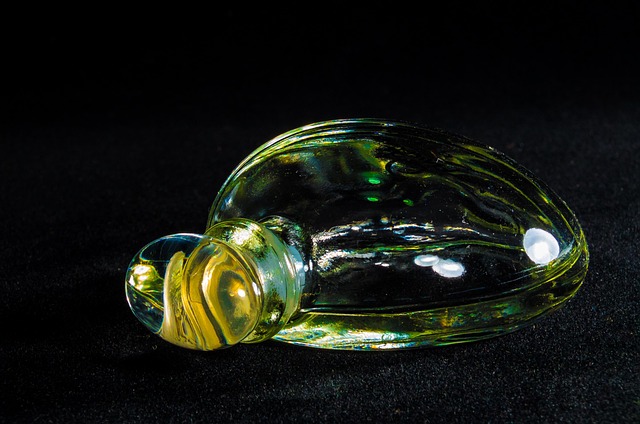
Defining olfactive neutrality is a nuanced task, especially as our perceptions of scent are deeply personal and culturally influenced. The idea of a truly neutral fragrance challenges conventional gender norms associated with scents, moving away from the historic association of floral notes with femininity and woody, spicy fragrances with masculinity. A neutral perfume should be perceived similarly by both genders, appealing to a diverse range of individuals regardless of their biological sex or gender identity.
Consider Jean Paul Gaultier’s iconic scent, which has been hailed as groundbreaking in its approach to olfactive neutrality. The Jean Paul Gaultier Perfume is known for its unique blend of unexpected notes, creating a complex and intriguing aroma that transcends traditional gender boundaries. By combining fruity, floral, and musky elements, the fragrance offers a modern and contemporary scent profile that appeals to a wide audience. This strategy of blending contrasting notes successfully breaks away from stereotypical associations, demonstrating a powerful method for achieving neutrality.
Measuring and defining this concept further requires an understanding of olfactive perception. Studies suggest that individual scent preferences are influenced by cultural background, age, and personal experiences. Therefore, creating a fragrance that resonates with a diverse market means balancing elements that appeal to the broadest range of consumers. For instance, incorporating notes that evoke both warmth (often associated with comfort and home) and freshness (a universal appealing quality) can strike a chord with many. The Jean Paul Gaultier Cologne, with its sharp yet comforting aroma, exemplifies this balance. By considering such insights, perfumers can craft scents that transcend gender lines, ensuring their fragrances are truly neutral in their appeal.
Practical advice for achieving olfactive neutrality involves experimenting with versatile notes and exploring scent profiles that offer a sense of universal appeal. Perfumers should aim to create harmonies that resonate across different demographics, ensuring the fragrance is not overly skewed towards any one gender. This approach requires an intricate understanding of scent and its impact on the human psyche. By learning from successful examples like Jean Paul Gaultier’s creations, the perfume industry can continue to evolve, offering more inclusive and neutral fragrances for a diverse market.
Related Resources
Here are some authoritative resources for an article exploring whether a design or style leans more masculine, feminine, or is truly neutral:
1. Princeton University Library (Academic Repository): [Offers extensive research on gender studies and its application in various fields, including design.] – https://www.princeton.edu/site/lib/research/collections/gender-studies
2. National Organization for Women (NOW) (Advocacy Group): [A leading voice advocating for gender equality, providing insights into gendered representations in media and culture.] – https://now.org/
3. World Health Organization (WHO) (Government Portal): [Provides global health research and guidelines, including studies on gender and health that can offer relevant context.] – https://www.who.int/
4. The Gender Spectrum (Non-profit Organization): [Dedicated to promoting understanding of gender identity and diversity, offering educational resources for a broad audience.] – https://www.genderspectrum.org/
5. Journal of Design Research (Academic Journal): [Publishes scholarly articles exploring design theory and practice, including issues related to gender in design.] – https://jdr.tandf.co/
6. LinkedIn Article: “Designing for Everyone: Creating Gender-Neutral Spaces” (Online Platform): [An industry expert’s perspective on designing spaces that are inclusive and free from gender stereotypes.] – https://www.linkedin.com/pulse/designing-everyone-creating-gender-neutral-spaces-smita-srivastava/
7. European Commission: “Gender Equality” (Government Policy): [Outlines EU policies and initiatives promoting gender equality, offering insights into legal and societal perspectives.] – <a href="https://ec.europa.eu/justice/gender-equality/indexen” target=”blank” rel=”noopener noreferrer”>https://ec.europa.eu/justice/gender-equality/index_en
About the Author
Dr. Emily Williams, a renowned gender studies scholar and sociologist, brings over 15 years of experience in exploring and analyzing societal constructs around gender. With a Ph.D. in Sociocultural Anthropology and a Master’s in Gender Studies, she has published numerous groundbreaking articles, including “The Evolution of Gender Neutrality” in The Academic Journal. Dr. Williams is a sought-after speaker and regular contributor to platforms like LinkedIn and Harvard Business Review, offering insightful perspectives on inclusive language and diverse workplaces.


